Carved wooden block for production of playing cards through xylographic printing [Italy (probably northern Italy, perhaps Venice or Ferrara), late fifteenth or early sixteenth century] Large rectangular block in dark wood, somewhat crudely carved in relief with print-surfaces for twenty playing cards (each approximately 90 by 45mm.), some worm damage and a large crack at top and bottom visible at foot of front (visible at back as a line bisecting the whole), nineteenth- or early twentieth-century screw put through back with tip exposed at front in upper line between cards 3 and 4 there, hole from another screw next to this, some wormholes, but overall in good and presentable condition, 360 by 255 by 15mm.; set in modern frame (using small nails through the wood at the back of the block to pin this item to the modern frame) Renaissance playing cards are not as uncommon as one might think, and approximately thirty single cards have appeared on the market in the last two decades (see T. Depaulis, 'Two fifteenth-century Italian cards', The Playing-Card , 38, 2010, pp. 264-270; with an uncut strip of such cards appearing in Christie's, 20 November 2002, lot 52, and realising nearly £8000). Significant collections of similar cards to those produced from this print-block are recorded in the Cary collection in the Beinecke Library and the Museum of Fine Arts, Budapest (see M. Dummet, 'A Survey of 'Archaic' Italian Cards', The Playing-Card 19, no. 2, 1990, pp. 43-51). However, this is the only surviving print-block traced by the present cataloguer. The style here, with figures pointing at their suit attribute, floral coins and bulbous-bodied fluted cups, is markedly close to a group of four closely related sets of cards identified by Dummet as the work of a single workshop, perhaps in Venice or Ferrara (for closest examples see the eighteen surviving uncut cards made in Venice in the late fifteenth century, now Museo 'Fournier' de Naipes de Alava, in Vitoria-Gasteiz, Spain: reproduced in A. Suarez Alba, A Vitoria, Barajas , 1991). The Museum of Fine Arts, Budapest, has other similar Italian examples from the early sixteenth century, but in a more stylised form than that found here. This print-block is evidently a product of the same workshop. The cards here are the Ace, 2-7, Jack, Queen and King of the Italian suit 'Cups', followed by the same for 'Coins'. To view a video of this item, click here.
Carved wooden block for production of playing cards through xylographic printing [Italy (probably northern Italy, perhaps Venice or Ferrara), late fifteenth or early sixteenth century] Large rectangular block in dark wood, somewhat crudely carved in relief with print-surfaces for twenty playing cards (each approximately 90 by 45mm.), some worm damage and a large crack at top and bottom visible at foot of front (visible at back as a line bisecting the whole), nineteenth- or early twentieth-century screw put through back with tip exposed at front in upper line between cards 3 and 4 there, hole from another screw next to this, some wormholes, but overall in good and presentable condition, 360 by 255 by 15mm.; set in modern frame (using small nails through the wood at the back of the block to pin this item to the modern frame) Renaissance playing cards are not as uncommon as one might think, and approximately thirty single cards have appeared on the market in the last two decades (see T. Depaulis, 'Two fifteenth-century Italian cards', The Playing-Card , 38, 2010, pp. 264-270; with an uncut strip of such cards appearing in Christie's, 20 November 2002, lot 52, and realising nearly £8000). Significant collections of similar cards to those produced from this print-block are recorded in the Cary collection in the Beinecke Library and the Museum of Fine Arts, Budapest (see M. Dummet, 'A Survey of 'Archaic' Italian Cards', The Playing-Card 19, no. 2, 1990, pp. 43-51). However, this is the only surviving print-block traced by the present cataloguer. The style here, with figures pointing at their suit attribute, floral coins and bulbous-bodied fluted cups, is markedly close to a group of four closely related sets of cards identified by Dummet as the work of a single workshop, perhaps in Venice or Ferrara (for closest examples see the eighteen surviving uncut cards made in Venice in the late fifteenth century, now Museo 'Fournier' de Naipes de Alava, in Vitoria-Gasteiz, Spain: reproduced in A. Suarez Alba, A Vitoria, Barajas , 1991). The Museum of Fine Arts, Budapest, has other similar Italian examples from the early sixteenth century, but in a more stylised form than that found here. This print-block is evidently a product of the same workshop. The cards here are the Ace, 2-7, Jack, Queen and King of the Italian suit 'Cups', followed by the same for 'Coins'. To view a video of this item, click here.
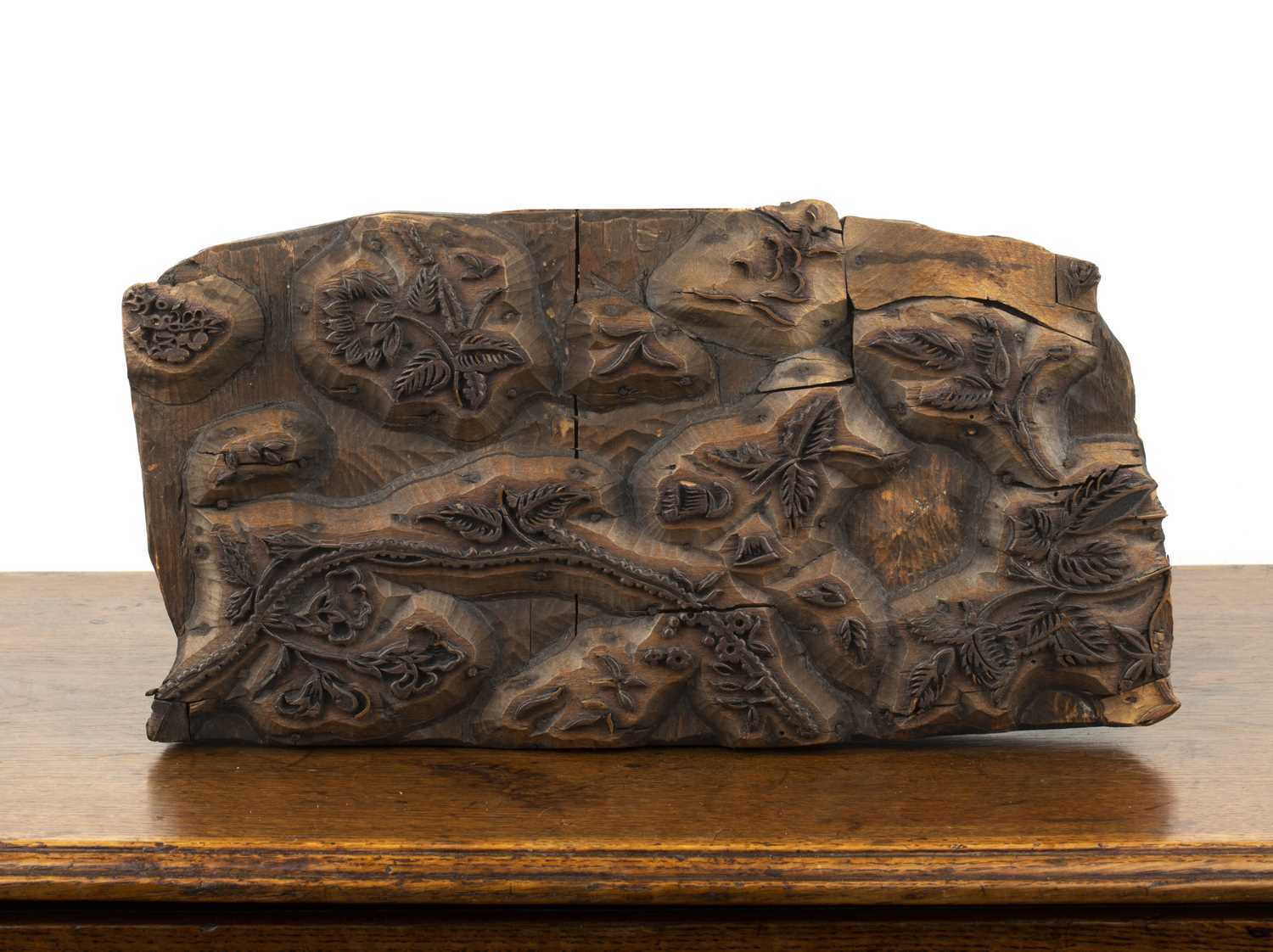



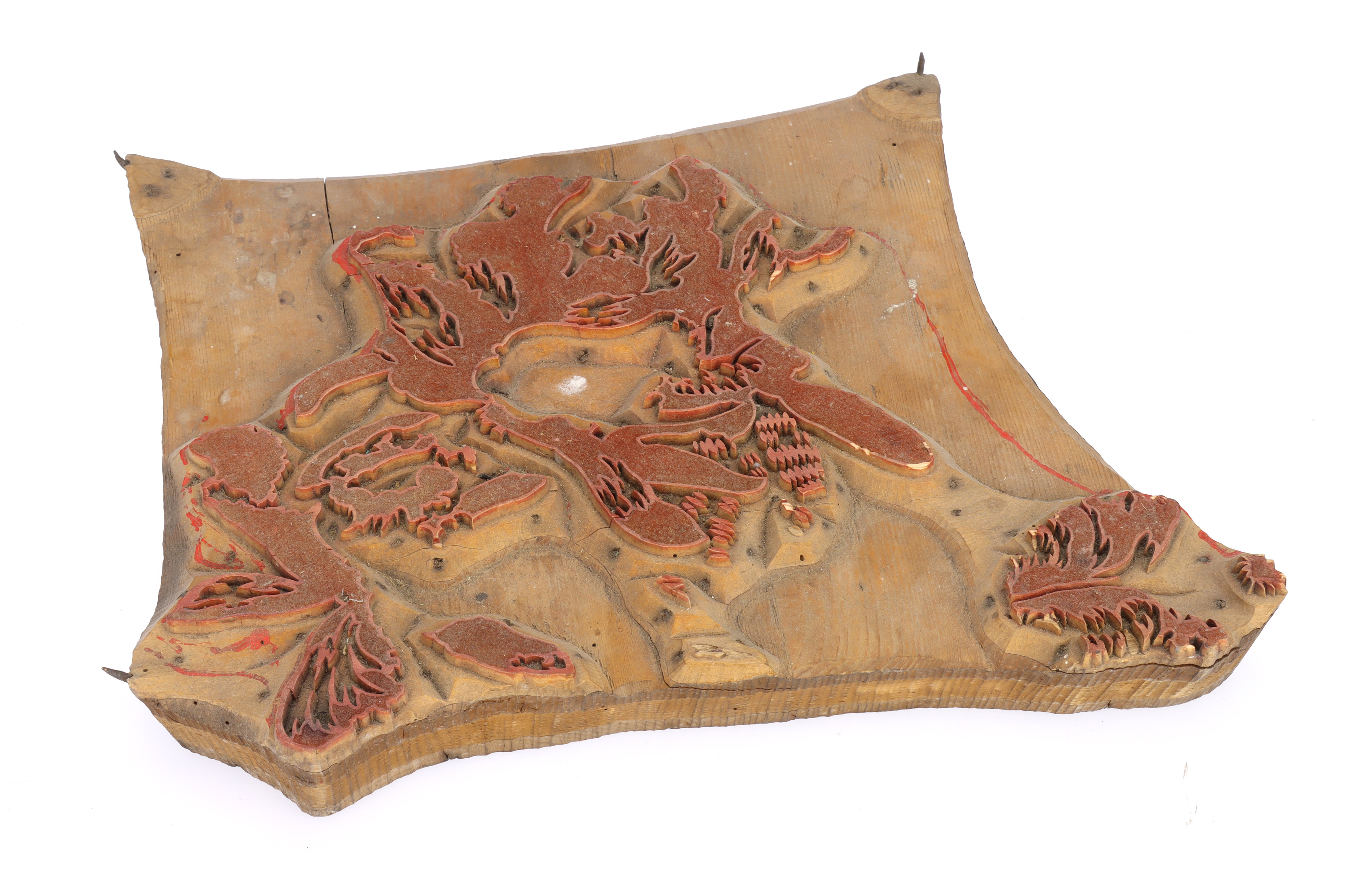





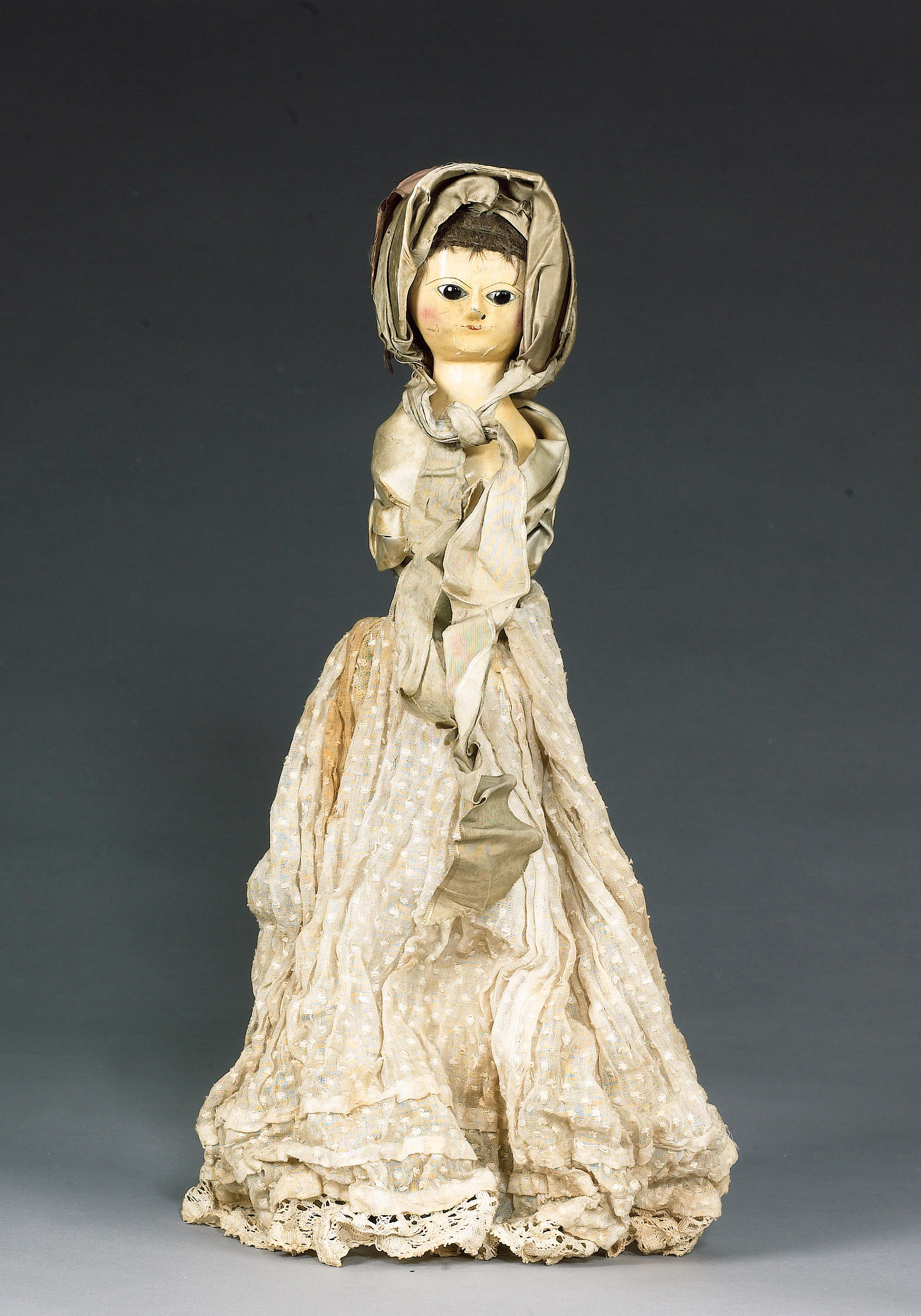
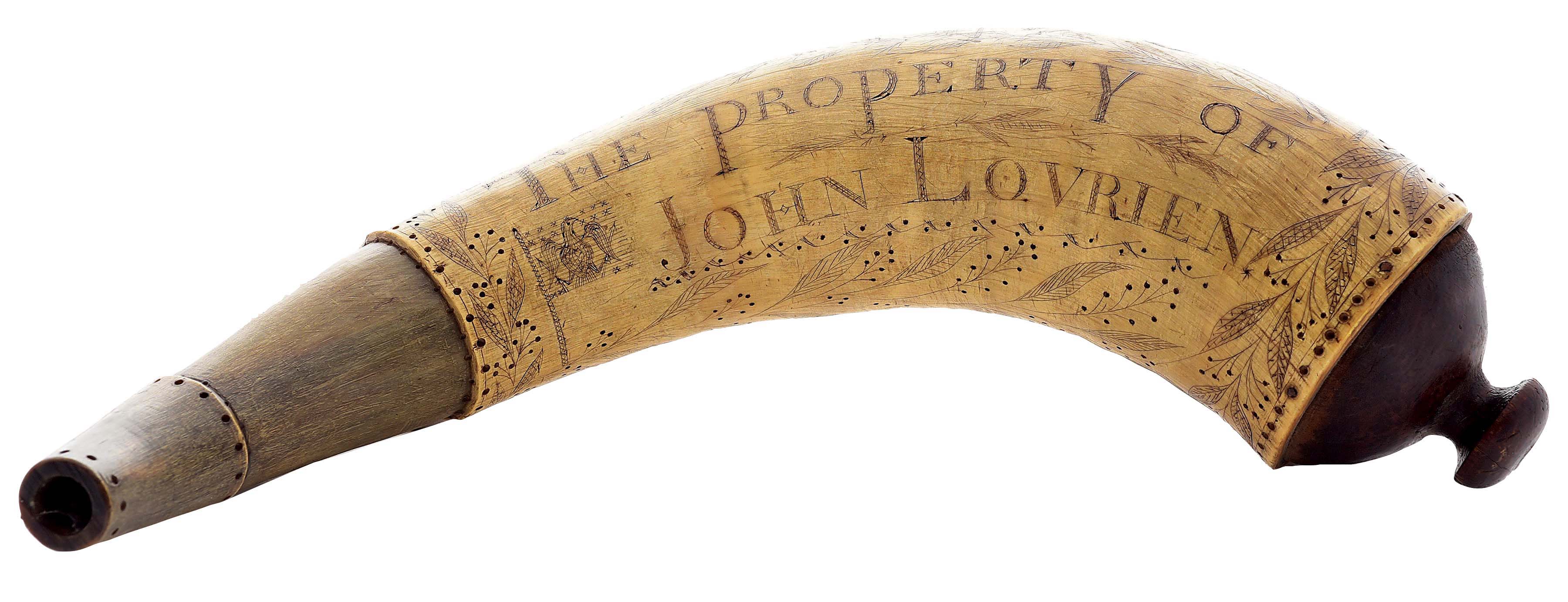

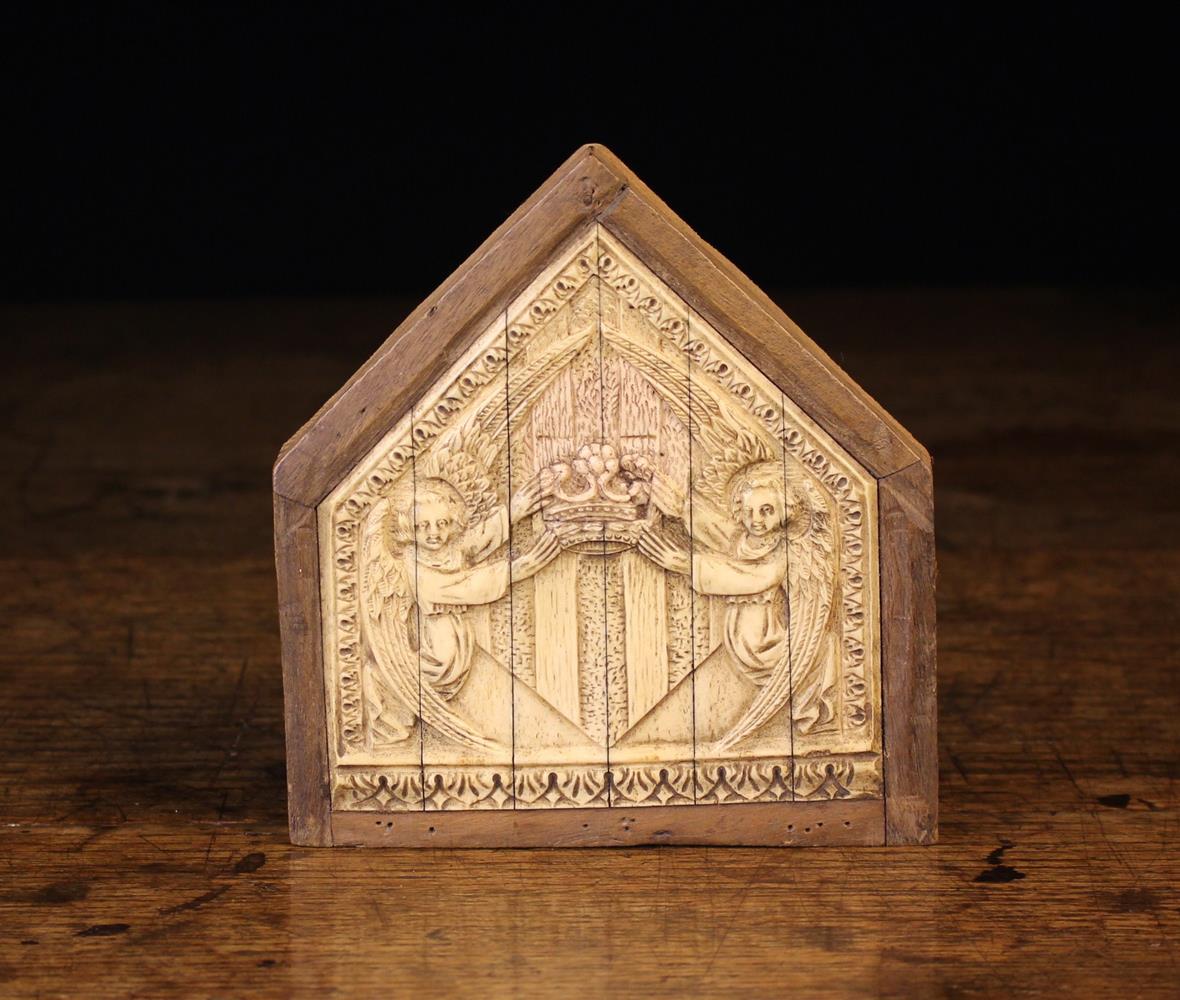
Testen Sie LotSearch und seine Premium-Features 7 Tage - ohne Kosten!
Lassen Sie sich automatisch über neue Objekte in kommenden Auktionen benachrichtigen.
Suchauftrag anlegen